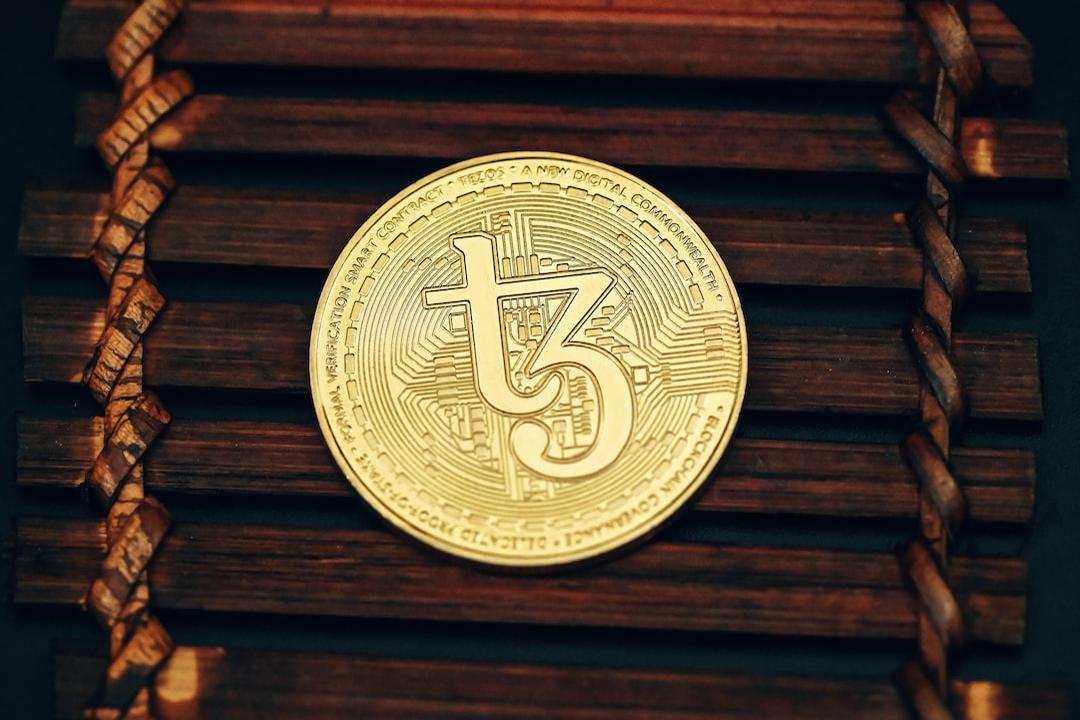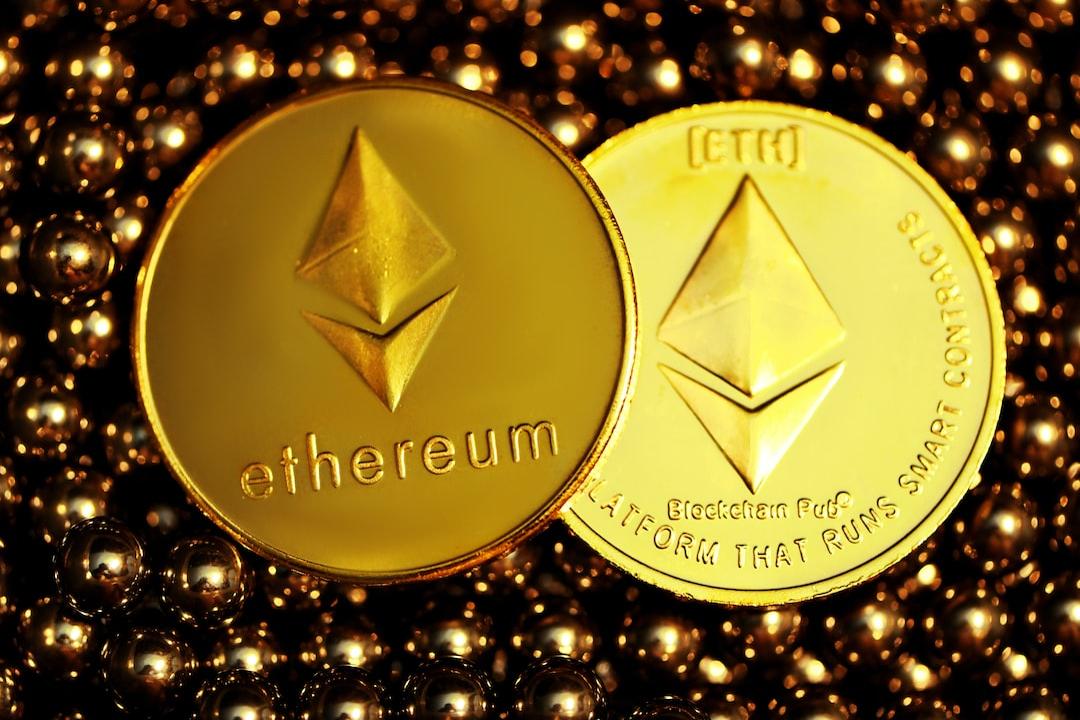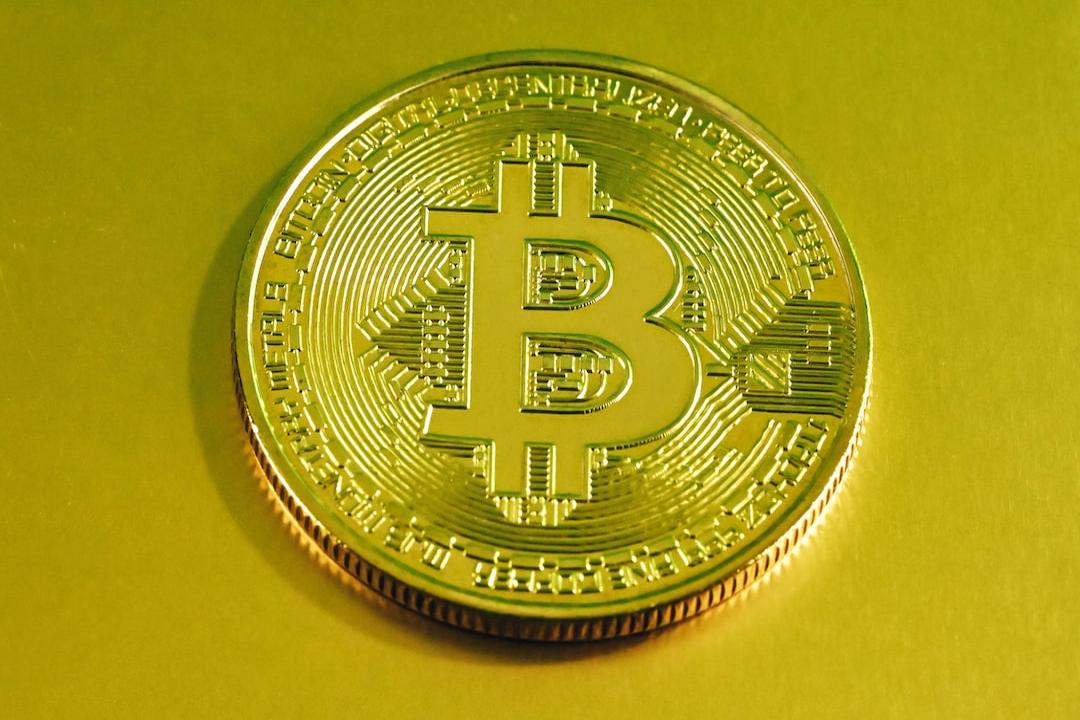Ethereum in the Bull Market
As the bull market enters the season of altcoins, it seems that time is running out for Ethereum (ETH). Since the beginning of this upward cycle in late 2023, Ethereum’s performance has been closely watched.
However, it seems that ETH has not performed as expected in the past year. In terms of price increase, the maximum increase since October 2023 has been 170%, with repeated struggles to break through the $4,000 mark.
On the other hand, during the same period, BTC has experienced a maximum increase of over 300% and SOL has seen an increase of over 1300%. Many believe that Ethereum represents an opportunity in the season of altcoins, but its momentum is clearly insufficient, especially with the recent significant increases in established altcoins.
As the top public blockchain, is Ethereum being undervalued or performing normally based on objective data? Can it still compete?
Stagnation in On-Chain Data for a Year
From on-chain data, PANews has observed that Ethereum has not shown significant growth in the past year, although it can’t be said to be declining.
The daily transaction volume is an important indicator of activity. Looking at the chart of daily transaction volume for Ethereum in the past year, it shows a steady fluctuation similar to an electrocardiogram.
On December 8, 2023, the total transaction volume on the Ethereum mainnet was 1.18 million, and after a year, on December 8, 2024, it was 1.22 million, almost unchanged. Only in January 2024, it briefly increased to 1.96 million. For the rest of the year, it remained between 1 million and 1.3 million.

The trend of gas fees is even more indicative of on-chain activity. At the end of 2023 and the beginning of 2024, Ethereum’s gas fees were relatively high, averaging above 40 Gwei, and reaching around 100 Gwei at the highest point. However, with the rise of new public blockchains like Solana, it is clear from the chart that Ethereum’s gas fees have decreased, especially in the months of July to September, reaching as low as 0.3 Gwei.
Although there has been a recent recovery, it has remained below 20 Gwei overall. Initially, Layer 2 solutions flourished mainly due to the high gas fees on the Ethereum mainnet. Now, Ethereum’s gas fees have finally come down, but it seems that users have disappeared. Or rather, Ethereum has truly decreased with the exodus of users.
In terms of active addresses, it follows a similar pattern to the curve of daily signed transaction counts. According to data from Ethereum browsers, the daily active Ethereum addresses and ERC20 addresses have not shown much growth, and the data levels are similar to those before the bull market started.
User Flow to L2, Funds Staying on L1
Where have Ethereum users specifically gone? Looking at the weekly on-chain activity data, about a year ago, Ethereum’s active addresses accounted for about 50% of all Layer 2 solutions. But as time went on, the data shows an upward trend in the active addresses of Layer 2 solutions, while the proportion of active addresses on the Ethereum mainnet accounts for about 24% of the total.

Looking at the performance of each chain individually, in December 2023, the Ethereum mainnet had the highest activity level, accounting for about 32.48%. But by December 2024, Base became the most active chain, accounting for 50% of the activity, followed by the Ethereum mainnet at 19% and Arbitrum at 9.2%.

However, in terms of TVL (Total Value Locked), the Ethereum mainnet still seems to be the first choice for large investors. Looking at the total amount of stablecoins locked on the chain, the Ethereum mainnet accounted for about 95% in December last year, and it has slightly decreased but still accounts for about 91%.
Moreover, TVL data is the only data that has clearly increased on the Ethereum mainnet in the past year. In December 2023, the TVL on the Ethereum mainnet was about $28.8 billion, and by December 2024, it had increased to about $77.5 billion, a growth rate of 2.69 times. This growth rate exceeds the growth rate of Ethereum’s price, which is related to the price increase of assets during the bull market. Among Layer 2 solutions, Arbitrum and Base rank second and third in terms of TVL of stablecoins.

In terms of revenue, the Ethereum mainnet is also the most profitable chain within the Ethereum ecosystem. Over the past year, Ethereum’s revenue has consistently accounted for over 80%, reaching 92% as of December 8. Base has become the second-highest revenue chain within the Ethereum ecosystem.

Ethereum’s market capitalization has also remained around 98%, despite a decrease in on-chain activity. Although the market capitalization has decreased within the overall cryptocurrency market, it currently accounts for only about 13.4%.

However, considering the growth of TVL, most large funds still choose to allocate their funds on the Ethereum mainnet. Comparing the ratio of total TVL to the number of active users, Ethereum’s ratio is $178,700, Base is about $3,315, and Solana is about $1,972. From this perspective, the value per user on the Ethereum mainnet remains the highest in the network.
Uniswap’s Exodus as a Bigger Concern
From various data, it is clear that Uniswap is currently the undisputed largest application on Ethereum. In terms of DEX activity, Uniswap V2 and V3 combined account for over 97% of the trading volume on the Ethereum mainnet. Uniswap has also consistently topped the burn rankings on Ethereum, burning a total of 6,372 ETH in the past 30 days, while Ethereum transfers have only burned 4,594 ETH.
Once Uniswap moves most of its trading activity to its own Unichain, the level of on-chain activity and the amount burned on the Ethereum mainnet may decrease significantly. According to Forbes, validators on the Ethereum network could lose approximately $400 to $500 million in annual revenue as Uniswap transitions to its own chain. However, more importantly, this threatens Ethereum’s basic narrative as a deflationary currency.
Uniswap’s universal router is the largest account consuming gas fees, accounting for 14.5% of Ethereum’s gas fees, equivalent to burning $1.6 billion worth of ETH.

Summarizing the above indicators, we can conclude the following characteristics. The on-chain activity of the Ethereum mainnet has not increased in the past year and its proportion within the entire Ethereum ecosystem has gradually decreased.
This at least indicates that most new users have chosen other Layer 2 solutions or other public blockchains (after all, emerging public blockchains like Solana, Sui, and Aptos have shown high-speed growth in these data). Therefore, returning to the original topic, has Ethereum’s fundamentals undergone a significant change? Is the price of ETH undervalued?
Based on the above data, it seems that the Ethereum mainnet is transforming into a pool for large investors and main players. Even though gas fees have significantly decreased, it still cannot compete with Layer 2 solutions or other public blockchains in terms of transaction fees and transaction speed.
Therefore, the Ethereum mainnet is no longer a club for retail investors, and it does not have a community advantage in current popular races like MEME. It is more suitable for players with lower frequency requirements and higher asset security requirements. From this perspective, we can only say that the role of the Ethereum mainnet’s ecosystem is undergoing a transformation, with liquidity and security becoming its final moat.
This article is a collaborative reprint from DeepTech.

